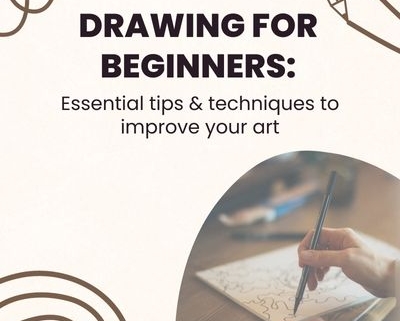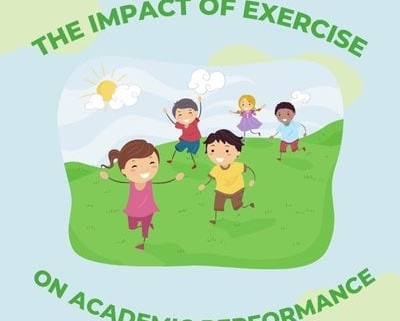In this blog, we’re demystifying oil painting for beginners! If you’ve ever seen the textures and vibrant colors in an oil painting, and wondered how to create your own masterpiece, you’re in the right place.
Oil painting is a timeless art form. Today, we’ll unravel the mysteries of oil painting and provide you with essential tips and techniques to start your oil painting journey with confidence.
1. Master the Basics of Oil Painting
Begin with a simple subject and a limited color palette. This will help you develop foundational techniques that you can expand on as you become more skilled.
2. Use High-Quality Materials
Invest in good quality oil paints, brushes, and canvas. Better materials can make a significant difference in the outcome of your paintings. Visit an art store and talk to employees to get recommendations, or research online.
3. Prepare Your Canvas Properly
Before you start, apply a thin layer of gesso to prepare your canvas. This layer creates a smooth surface and keeps oil from seeping into the canvas.
4. Understand Color Mixing
Start with primary colors (red, blue, and yellow) and experiment with mixing them to create secondary and tertiary colors. It’s also helpful to learn color theory and how to mix colors.
5. Limit Your Color Palette
Limit your color palette to a few main colors when starting out. This will make it easier to control your mixes and learn about color relationships. It can also be less overwhelming and help you focus your painting.
6. Begin With Thin Layers
Start with a small amount of paint mixed with linseed oil or turpentine to create thin layers. This technique will help you to control your painting and allows the paint to dry faster.
7. Try Out Different Brushes
Play around with various brush sizes, shapes, and bristle types. Each brush has unique qualities and produces different textures and strokes. This will allow you to create more detailed and interesting paintings.
8. Work From Dark to Light
Start with filling in the dark areas of your painting and slowly work your way up to using lighter tones. This creates depth and dimension in your artwork.
9. Allow Time for Drying
Oil paints take a longer time to dry compared to other painting mediums. Be patient and let each layer dry fully before applying another layer or making adjustments.
10. Practice and Experiment
The key to improving your oil painting skills is practice. It’s important to experiment and learn from any mistakes you make. Part of the fun of oil painting is enjoying the process!
Practice Oil Painting With an Expert Educator
With time, patience, and dedication, you will develop your unique style and technique. Hodis Learning & Music also has expert art educators who can help you on your oil painting journey. Learn more or schedule your first session by calling or emailing us today.




